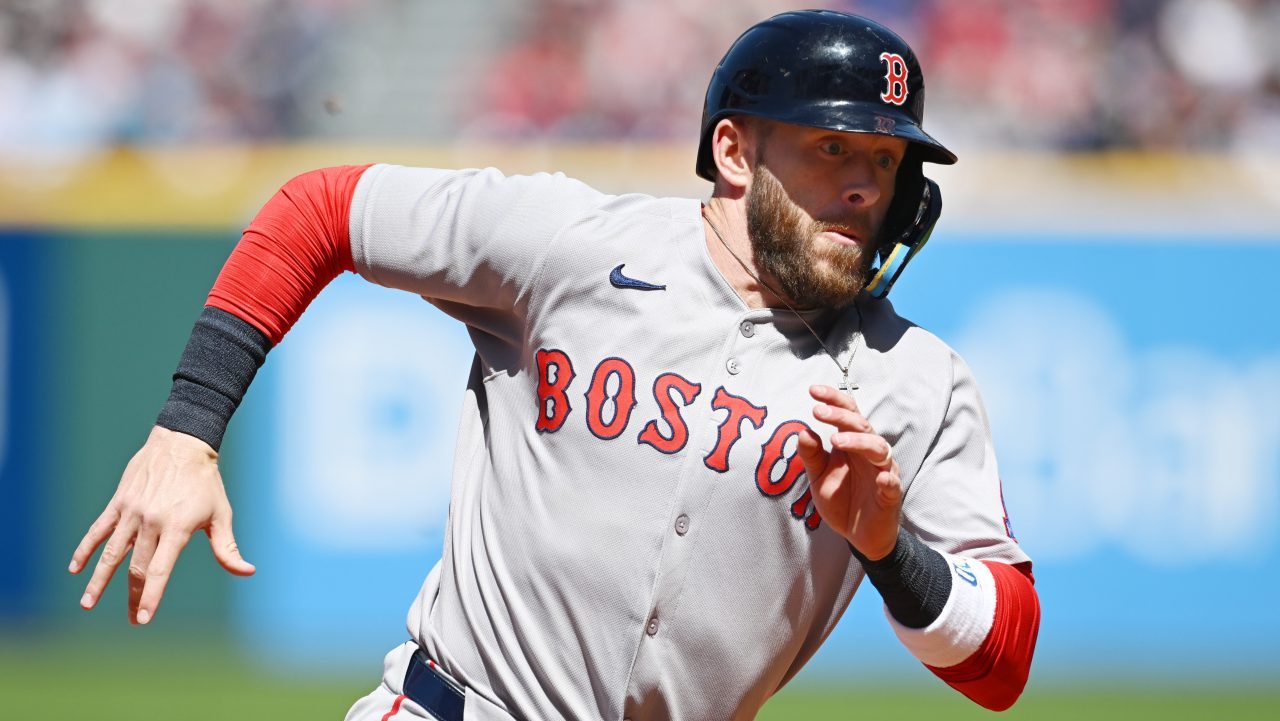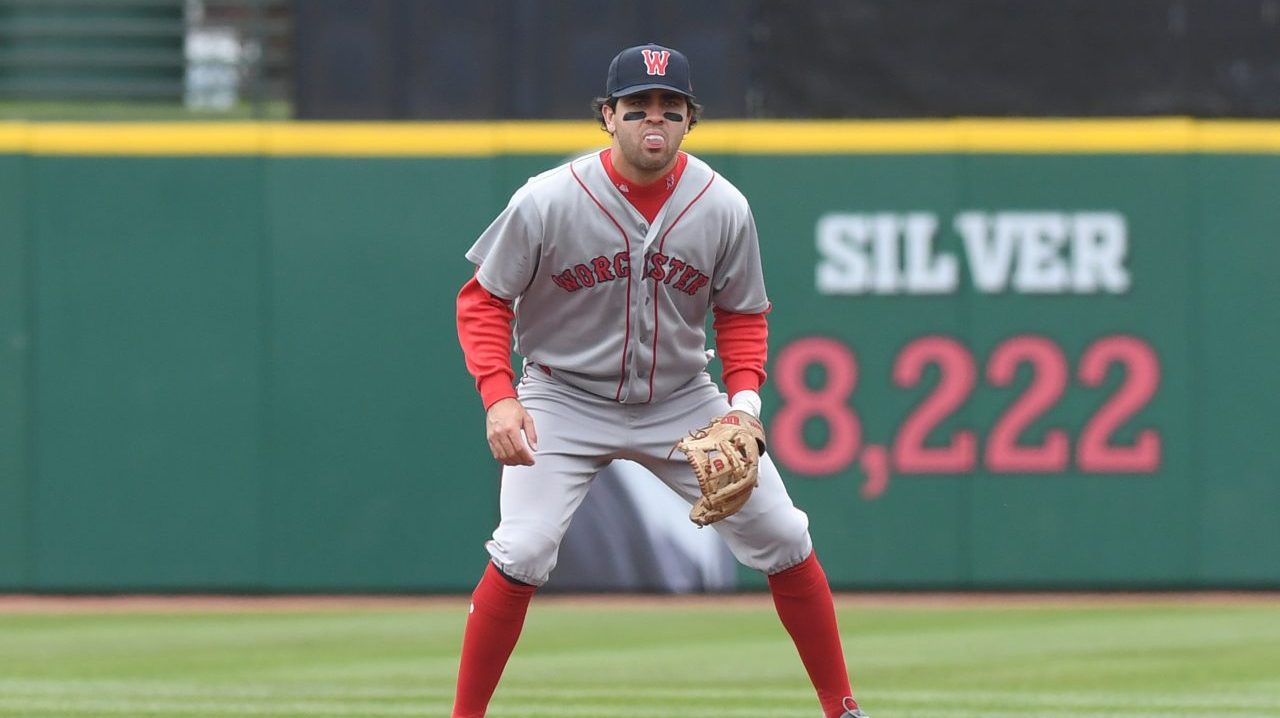BOSTON -- There’s a difference between having power and being a power hitter. Mookie Betts is making the transition from the former to the latter.
He’s always had quick hands and tremendous potential. The Red Sox right fielder hit 31 home runs in the big leagues two years ago. This isn’t an overnight transformation for one of the best players in the majors.
But now, after Betts on Wednesday hit three homers in a game for the second time this season, he’s positioned to shoot for the next tier: 40 home runs. He has 11 on the year, and a long way to go. What Betts is showing us is that sustained, top-flight power is a realistic possibility. His slugging percentage is .823, to go along with a .451 on-base percentage and .356 average.
You are watching an evolved hitter. Of the three home runs he ripped Wednesday, two of them are now atop the list for his longest: a 452-foot shot in the fourth, plus a 440-footer in the seventh.
Distance doesn’t make the hitter, though. Actions and approach do, and Betts is starting to think more like a slugger. Hence, the moonshots.
The last two shots Betts hit Wednesday were in two-strike counts. He drilled an 0-and-2 slider off Danny Duffy in the fifth and a 1-and-2 fastball in the seventh.
Boston Red Sox
Find the latest Boston Red Sox news, highlights, analysis and more with NBC Sports Boston.
In the past with two strikes, Betts said he “was more just thinking about putting it in play vs. driving it.”
“My at-bats are a little bit different. I don’t really care about striking out that much,” Betts said. “I still want to able to drive the ball with two strikes, the same way I do if it’s 2-0. So I think I’m just keeping that same, aggressive, drive-the-ball mindset throughout the whole at-bat.”
He’s also known to be on the launch-angle train, driven by hitting coach Tim Hyers and J.D. Martinez. Martinez has become something of a mentor to Betts, or at least, a very informative teammate. Betts is known to be someone who learns through feel, but he seems to have a budding desire to break down more particular X’s and O’s.
“You guys know that I'm real big on [launch angle] and stuff like that, so I feel like he's kind of gravitated towards me in that direction,” Martinez said Wednesday. “Seeing little simple things with his swing that can make him so much better, and he's loved it. He eats it up and he studies it after each at-bat. It's, 'Did you see that? Why do you think I missed that pitch?' ... Then I'll see him in the cage by himself working on it. You can tell somebody one thing. But for somebody to go out there and be able to translate it on the field that quickly is special.”
Betts doesn’t have the physical build of a typical power hitter, and Martinez has pointed out in the past Betts doesn’t use his legs in the way most traditional power hitters do as well. Of note, too, is that Betts is not batting in the traditional spot in the order for a power hitter.
Betts is going to remain in the leadoff spot for this season, manager Alex Cora said on Wednesday. That’s positive for the Red Sox because it means getting Betts up to the plate more times than anyone else. The downside: he’s batting behind a bottom portion of the lineup that is not encouraging at the moment, limiting the potential for runners on base in front of him when he bats outside of the first inning. All three homers Betts hit Wednesday were solo shots.
But they do need to get a little more from Nos. 7-9 in the order. The .596 OPS those spots produced entering play Wednesday was 10th worst in the majors. Nine of 11 Betts' homers this season have been solo shots. He's a one-man wrecking crew, but still.




